Standard industrial boilers are designed for general conditions at or near sea level. However, many industries operate in challenging environments—such as high-altitude mining sites, coastal chemical plants, or humid tropical factories. In such locations, using an unmodified boiler can lead to reduced efficiency, corrosion failures, unstable combustion, and higher maintenance costs.
Yes, industrial steam boilers can be customized for special environments such as high-altitude, corrosive, or humid conditions. For high altitudes, boilers are designed with adjusted combustion systems and derated capacity to account for lower oxygen density. In corrosive environments, manufacturers apply special alloys, anti-corrosion coatings, and water treatment systems. For humid climates, enhanced insulation, moisture-proof electrical controls, and protective packaging ensure reliable performance. These engineering adaptations allow boilers to operate safely, efficiently, and durably in demanding site conditions.
Choosing the right customization ensures long-term reliability, efficiency, and reduced lifecycle costs even in extreme environments.
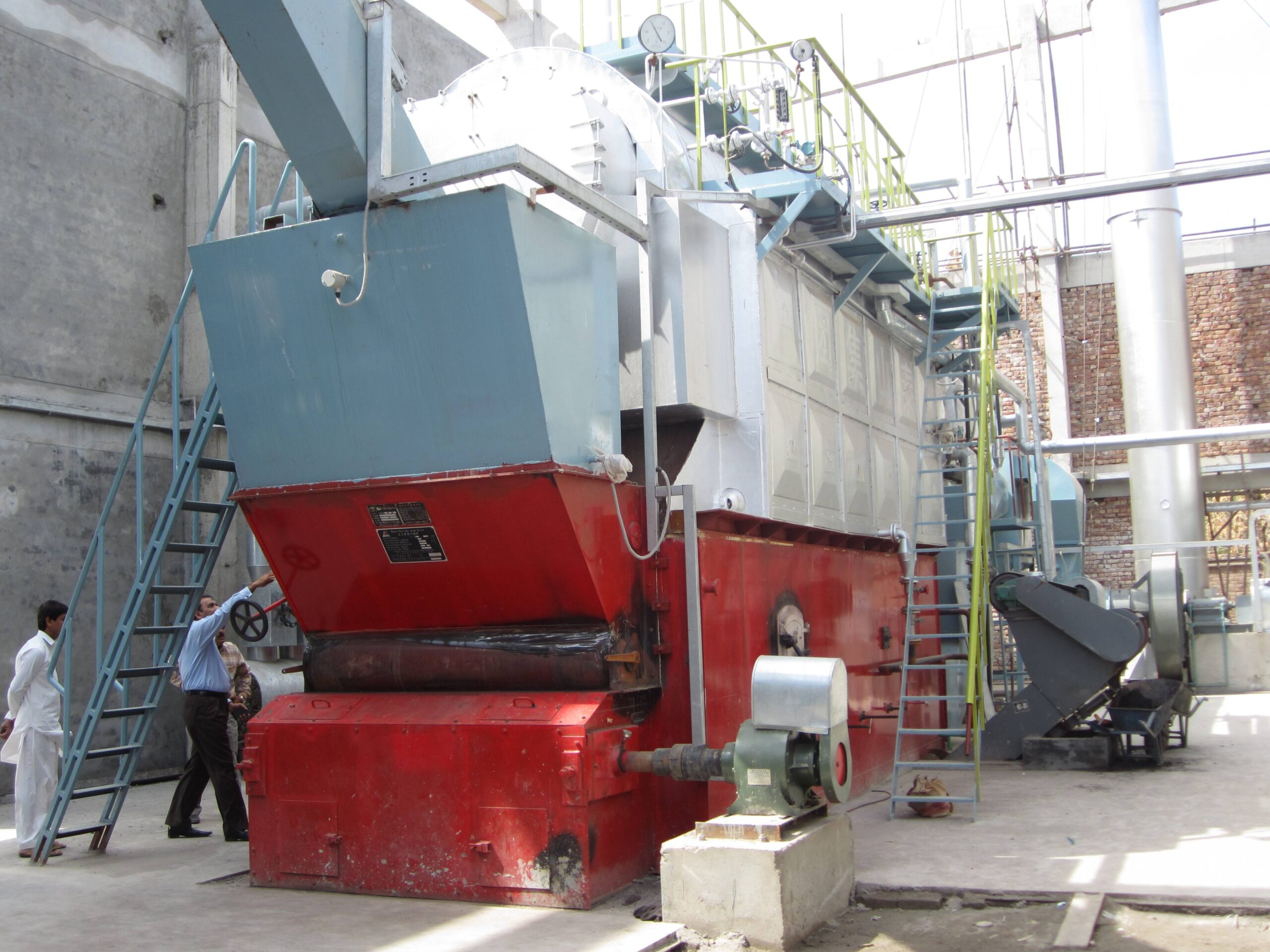
How Does High Altitude Affect Combustion and Boiler Capacity?
Operating an industrial boiler at high altitude (typically above 1,000 m / 3,300 ft) presents unique challenges. The thinner air changes how combustion happens, which directly impacts boiler output and efficiency. To keep the system safe and reliable, certain design modifications are required.
Effects of High Altitude on Boilers
Lower oxygen density:
Air gets thinner with altitude. Less oxygen per cubic meter means burners cannot supply the same combustion energy without adjustments.Reduced boiler capacity:
Without modifications, expect derating of ~3–4% capacity per 300 m (1,000 ft) above sea level. A boiler rated for 10 t/h at sea level may only deliver ~8.5–9 t/h at 2,000 m.Flame stability issues:
Lower oxygen leads to longer flames, incomplete combustion, and higher CO emissions if not tuned properly.Draft and heat transfer impact:
Fans and natural draft systems are less effective because of reduced air density, affecting combustion air supply and flue gas flow.
Modifications Needed for High-Altitude Operation
Burner adjustment or redesign:
Larger fans or blowers to move more air volume.
Recalibrated burner nozzles and fuel/air mixing systems.
Oxygen trim control systems to automatically adjust combustion.
Fan and draft system upgrades:
Forced draft fans sized for higher volumetric airflow.
Induced draft fans may need higher speed or larger impellers.
Capacity derating or oversizing:
Select a boiler with 10–20% higher capacity to compensate for altitude losses.
Or accept reduced output as part of design.
Combustion tuning at site elevation:
Commissioning must be performed at the actual site to adjust air/fuel ratios, flame detection sensitivity, and control settings.
Safety and emissions systems:
Flame scanners tuned for weaker flame signals.
CO/NOx controls recalibrated since incomplete combustion risk increases.
✅ Summary:
High altitude reduces available oxygen, lowering boiler capacity and combustion efficiency. To counter this, facilities must use bigger fans, adjusted burners, oxygen trim controls, and sometimes oversize the boiler itself. Final combustion tuning at the actual elevation is always required.
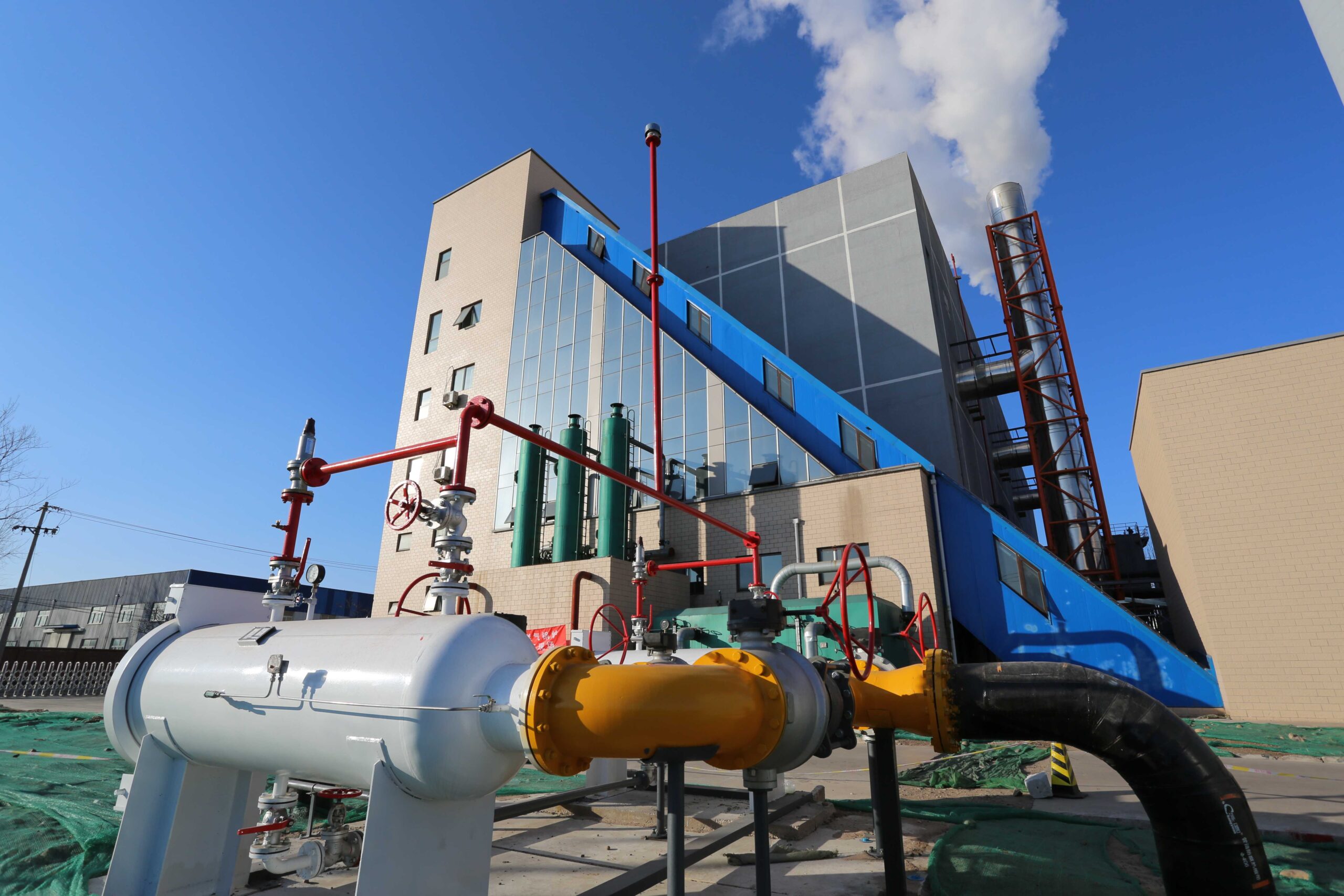
What Materials and Coatings Protect Boilers from Corrosive Industrial Environments?
Corrosive environments are among the biggest threats to industrial boilers. High temperatures, acidic flue gases, dissolved oxygen, or harsh water chemistry can rapidly damage pressure parts, leading to leaks, reduced efficiency, and costly downtime. The key to protecting your investment lies in selecting the right materials and coatings that are designed to resist corrosion under tough operating conditions.
Boiler protection against corrosion is achieved by using durable materials such as stainless steels, alloy steels, and protective linings, along with coatings like ceramic layers, epoxy paints, and thermal sprays. These materials help extend service life, minimize unplanned outages, and maintain compliance with safety standards.
That’s why industrial buyers should pay attention not only to the boiler’s mechanical design but also to the choice of corrosion-resistant solutions suited to their fuel, water quality, and operating environment.
Carbon steel alone is sufficient for all boiler environments.False
While carbon steel is widely used, in highly corrosive environments it must be upgraded with alloys or protective coatings to avoid premature failure.
Stainless steel and high-alloy steels provide superior resistance to acidic flue gases and oxygen corrosion.True
These alloys maintain strength and resist chemical attack, making them suitable for harsh boiler conditions.
Key Materials for Corrosion Resistance
| Material Type | Typical Use in Boilers | Corrosion Protection Benefit |
|---|---|---|
| Carbon Steel | Standard pressure parts | Economical but needs coating in corrosive environments |
| Stainless Steel (304/316/347) | Superheaters, economizers | Excellent resistance to acidic flue gases & chloride attack |
| Corten Steel (Weathering Steel) | External boiler shells | Forms protective oxide layer, reduces atmospheric corrosion |
| Alloy Steels (Cr-Mo, Ni-based) | Furnace tubes, headers | Withstand high temp + corrosive gases, longer lifespan |
Protective Coatings and Treatments
| Coating/Method | Application | Advantages |
|---|---|---|
| Epoxy Coatings | External surfaces, water-contact areas | Strong barrier against moisture & mild chemicals |
| Ceramic/Glass Linings | Boiler water walls, flue gas ducts | High-temp stability, prevents chemical erosion |
| Thermal Spray (Aluminum/Zinc) | Tube surfaces, superheater | Protects against oxidation & sulfidation |
| Chemical Passivation | Internal waterside treatment | Creates oxide film, prevents pitting |
| Protective Paint Systems | Exterior | Cost-effective for atmospheric resistance |
Practical Guidance for Buyers
Choose stainless or alloy steels if operating with high sulfur fuels, biomass, or waste fuels.
Use ceramic or thermal spray coatings in areas with high flue gas temperatures and corrosive ash.
Apply epoxy or paint coatings for external boiler shells in coastal or humid plants.
Always integrate proper water treatment programs to complement material selection.
✅ In summary: Industrial boilers facing corrosive environments are best protected by a combination of alloy steels for strength and specialized coatings (epoxy, ceramic, or thermal sprays) for durability. The right choice depends on fuel type, operating temperature, and water chemistry.
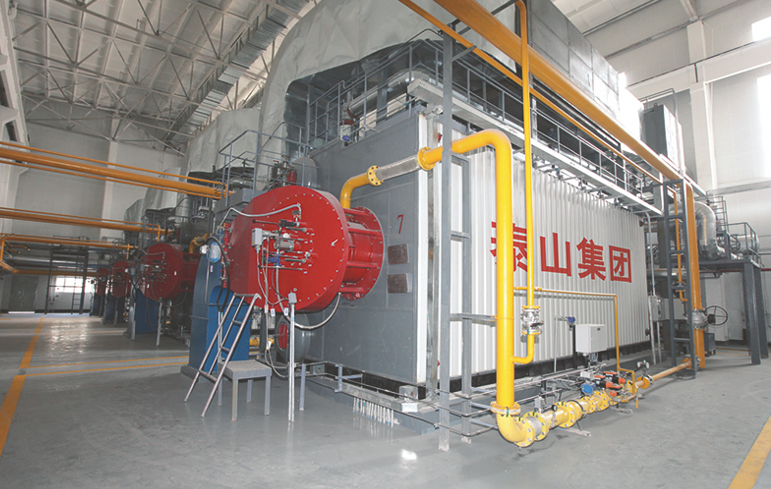
How Is Insulation and Control System Design Adapted for Humid Climates?
In humid climates, industrial boilers face two persistent challenges: moisture-driven insulation degradation and sensitive control system failures due to condensation or corrosion. If these risks are not managed, efficiency drops, electrical faults increase, and maintenance costs rise. The solution lies in selecting moisture-resistant insulation materials and adapting control system enclosures and ventilation to the local climate.
In humid climates, boiler insulation uses closed-cell materials, vapor barriers, and corrosion-resistant jacketing, while control systems are safeguarded with sealed panels, anti-condensation heaters, and humidity monitoring. These adaptations ensure long-term efficiency, safety, and reliability even in moisture-heavy environments.
This makes climate-specific design a critical factor when choosing or upgrading industrial boilers, especially for plants located in tropical, coastal, or monsoon-prone regions.
Standard insulation without vapor protection is sufficient in humid climates.False
Moisture absorption in standard insulation causes loss of thermal efficiency and corrosion under insulation (CUI). Vapor barriers are essential.
Control panels in humid environments require sealed enclosures and condensation control.True
Humidity can damage electronic boards and wiring; protective enclosures and dehumidifying devices extend system life.
Insulation Design in Humid Climates
| Feature | Adaptation | Benefit |
|---|---|---|
| Closed-cell Insulation (e.g., Foam Glass, Elastomeric) | Prevents water absorption | Maintains thermal resistance |
| Vapor Barriers / Sealants | Wrapped around insulation | Blocks moisture ingress |
| Aluminum/SS Jacketing | Exterior layer | Corrosion protection and durability |
| Drainage & Inspection Ports | Built-in design | Prevents trapped water pockets |
Control System Design in Humid Climates
| Control Protection | Method | Advantage |
|---|---|---|
| IP55–IP66 Rated Enclosures | Dust- and water-sealed control boxes | Prevents condensation entry |
| Anti-Condensation Heaters | Low-wattage panel heaters | Keeps relative humidity < 60% |
| Dehumidifiers or Desiccants | Inside panels | Long-term moisture control |
| Conformal Coatings on PCBs | Protective chemical layers | Shields electronics from corrosion |
| Ventilation with Filters | Controlled airflow | Reduces internal heat and humidity |
Buyer Takeaways
For humid tropical plants, always specify closed-cell insulation with a vapor barrier.
Use marine-grade aluminum or stainless steel cladding to avoid corrosion under insulation (CUI).
For controls, ensure sealed enclosures with at least IP55 rating, plus condensation heaters.
Consider online humidity monitoring for critical control panels.
✅ In summary: Insulation in humid climates must block moisture through closed-cell materials and vapor barriers, while control systems need sealed, climate-protected enclosures with condensation management. This dual strategy ensures boiler reliability even in high-humidity operating environments.

What Water Treatment and Condensate Management Are Critical in Harsh Sites?
In harsh operating sites—such as coastal, desert, or chemical plant environments—boilers are under constant attack from salts, minerals, and contaminants that accelerate scaling, corrosion, and equipment failure. If untreated water or poorly managed condensate is used, the result can be reduced efficiency, tube rupture, or unplanned shutdowns. The solution lies in robust feedwater treatment programs and controlled condensate recovery, both designed for site-specific risks.
In harsh sites, critical water treatment includes softening, deaeration, oxygen scavenging, and chemical conditioning, while condensate management relies on polishing, monitoring of return quality, and protection against corrosion. Together, these steps keep boilers running efficiently, reduce failures, and extend system life despite challenging environments.
That is why buyers and operators in power, petrochemical, and heavy process industries must treat water and condensate handling as part of the boiler’s first line of defense.
Condensate can always be reused without treatment.False
Contaminated condensate may contain oils, solids, or dissolved gases that cause corrosion and scaling if not polished or tested before reuse.
Proper water treatment and condensate monitoring can extend boiler life by more than 10 years.True
High-quality water control prevents tube scaling and corrosion, reducing major failures and costly downtime.
Key Water Treatment Measures for Harsh Sites
| Treatment Step | Method | Purpose |
|---|---|---|
| Softening / Demineralization | Ion exchange, RO | Removes hardness (Ca, Mg) to prevent scaling |
| Deaeration | Mechanical + chemical | Removes O₂ and CO₂ to avoid pitting corrosion |
| Oxygen Scavengers | Hydrazine, sulfite, or modern alternatives | Neutralize residual oxygen |
| pH & Alkalinity Control | Alkaline treatment | Protects against acidic corrosion |
| Filtration & Pretreatment | Sand filters, multimedia | Removes suspended solids common in desert/coastal intakes |
Condensate Management Essentials
| Condensate Step | Best Practice | Benefit |
|---|---|---|
| Condensate Polishing | Resin beds or filters | Removes oil/contamination before reuse |
| Return Quality Monitoring | Conductivity meters, oil detection | Prevents contaminated returns |
| Neutralizing Amines | Dosing in return lines | Protects against CO₂ corrosion |
| Flash Steam Recovery | Use of flash vessels | Improves energy efficiency in hot climates |
| Dedicated Return Lines | Separate clean from dirty condensate | Ensures safe reuse |
Buyer Takeaways
In desert regions, high silica and TDS require RO + chemical conditioning.
In coastal areas, salt spray and chlorides need stainless-steel feedwater lines and corrosion inhibitors.
In chemical sites, condensate polishers and oil contamination detectors are a must.
Always set up a condensate monitoring program—bad returns do more harm than good.
✅ In summary: Effective water treatment and condensate management are the backbone of boiler reliability in harsh sites. By combining softening, deaeration, scavenging, and polishing with strict condensate quality control, operators can protect against scaling, corrosion, and efficiency loss—even under the toughest operating conditions.
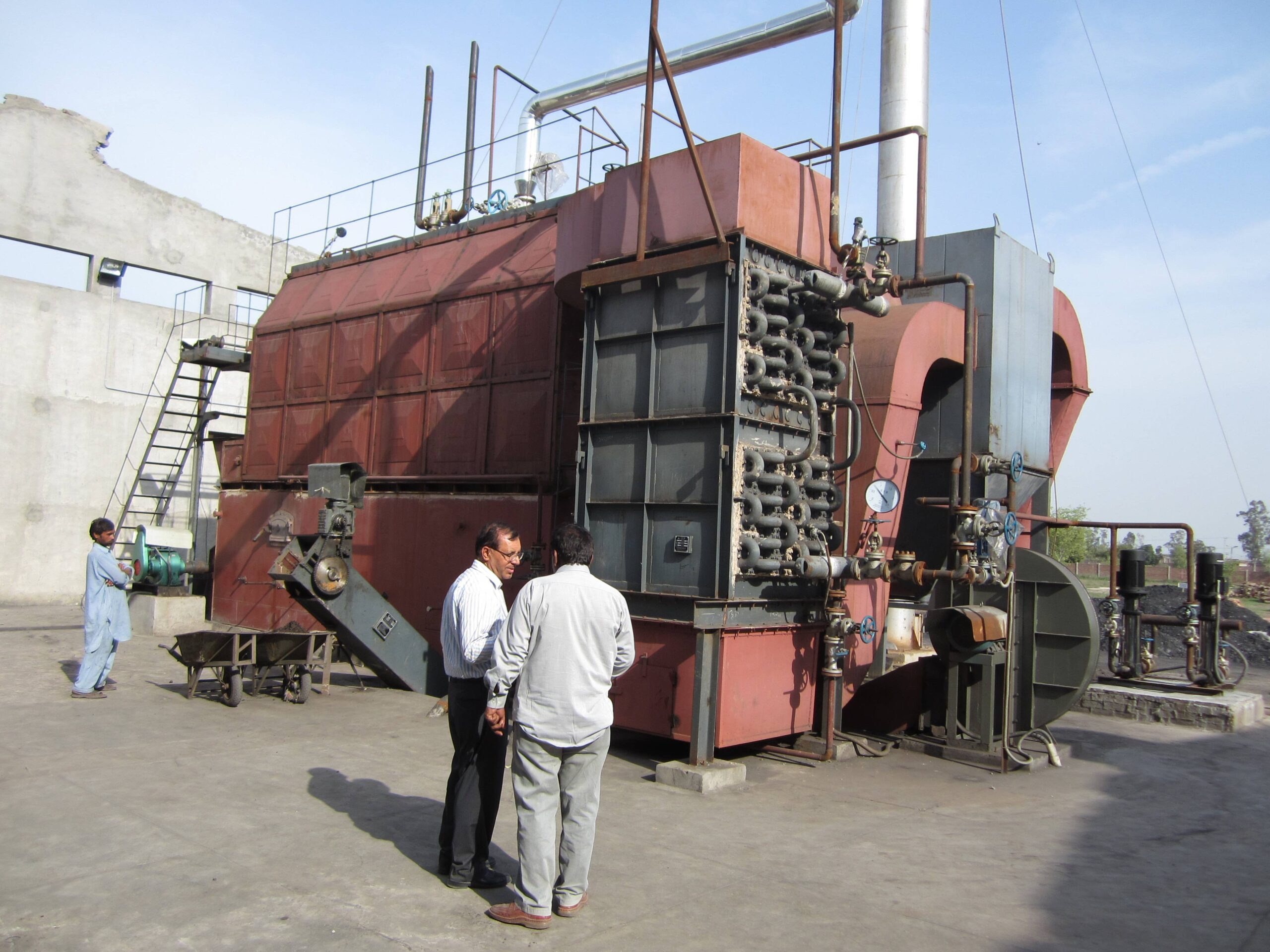
How Do Manufacturers Test and Certify Boilers for Special Environments?
In industries where boilers operate under extreme heat, humidity, salinity, altitude, or chemical exposure, standard designs may not be enough. To ensure safety, durability, and compliance, manufacturers conduct special testing and certification tailored to these challenging environments.
Manufacturers test boilers through material stress tests, corrosion resistance trials, and simulated operating conditions, then certify them according to international standards (ASME, CE, ISO) with environment-specific adaptations. This ensures the system can withstand the site’s unique demands before installation.
Key Testing Methods
| Test Type | Purpose | Application in Special Environments |
|---|---|---|
| Hydrostatic & Pressure Tests | Confirm vessel integrity | Higher safety margins for high-altitude or high-pressure sites |
| Thermal Cycling Tests | Assess heat stress durability | Desert or process plants with fluctuating loads |
| Salt Spray & Corrosion Tests | Verify resistance to chlorides | Coastal or offshore locations |
| Humidity Chamber Tests | Simulate long-term exposure | Tropical, monsoon, or chemical plant sites |
| Vibration & Shock Tests | Ensure mechanical stability | Earthquake-prone or mobile plant applications |
Certification & Compliance
ASME (Section I & IV) – Global standard for pressure vessels.
EN 12952 / EN 12953 (EU) – Water-tube and shell boilers compliance.
ISO 9001 / ISO 14001 – Quality and environmental management certification.
Marine Certifications (ABS, DNV, Lloyd’s Register) – For offshore and coastal plants.
Local Regulatory Codes – Adapted to site conditions (e.g., seismic, emission, altitude).
Buyer Takeaways
Always ask the manufacturer which environmental tests were applied to your boiler model.
For coastal sites, require salt spray test results and marine-grade certifications.
For humid or tropical regions, ensure humidity chamber and corrosion resistance testing.
For altitude applications, confirm derating factors and pressure margin certifications.
✅ In summary: Boiler manufacturers validate equipment for harsh environments through targeted testing (pressure, corrosion, humidity, vibration) and global certifications (ASME, EN, marine class). This ensures the system is not only compliant on paper but also field-proven for real-world reliability.
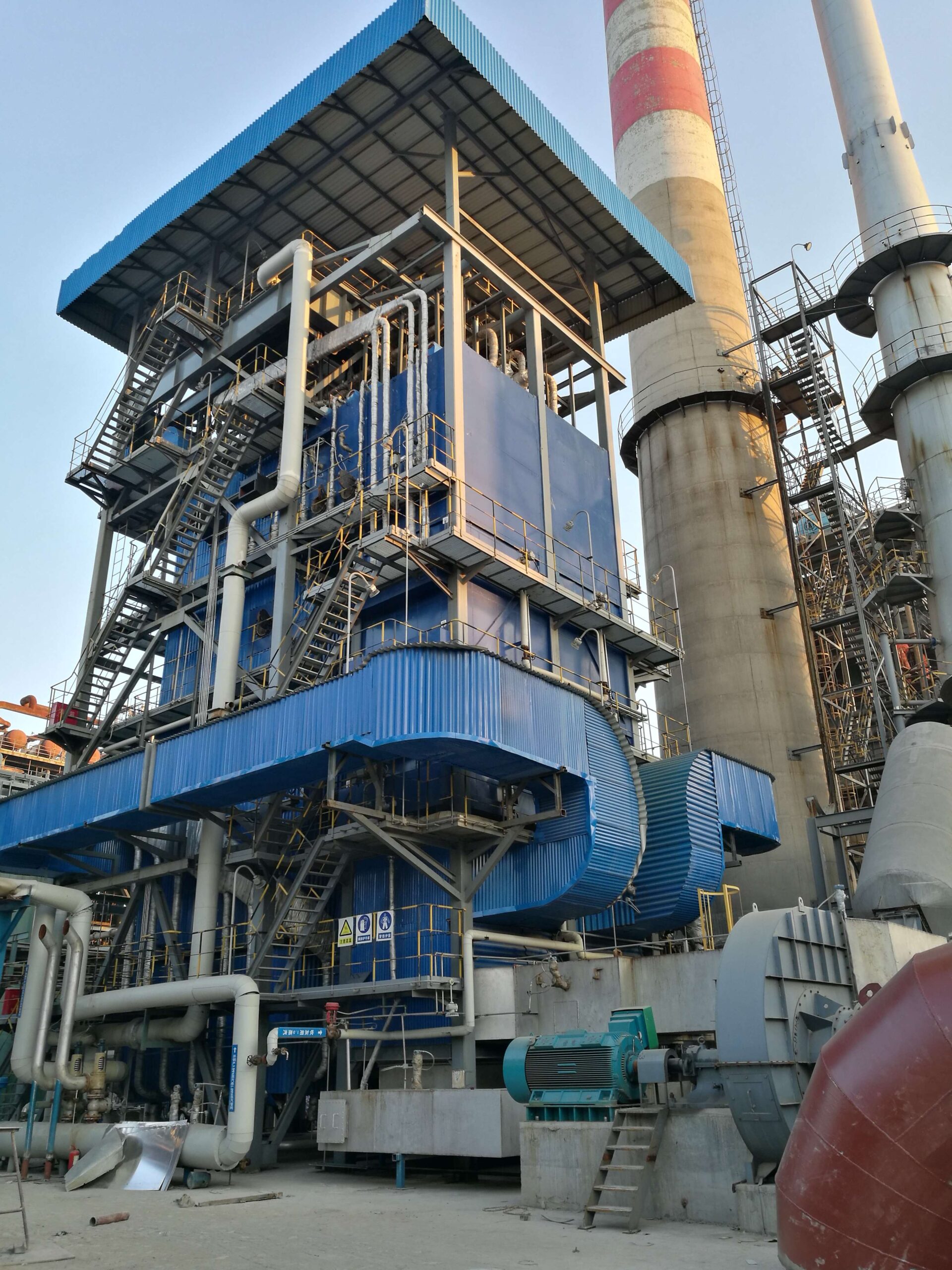
What Are the Cost and Delivery Implications of Customizing Boilers for Extreme Conditions?
When an industrial boiler is designed for extreme operating conditions—such as high humidity, corrosive environments, high altitude, or coastal locations—the investment goes beyond standard supply. While customization ensures reliability, safety, and long-term performance, buyers must be prepared for higher upfront costs and extended delivery timelines.
Customizing boilers for extreme conditions increases costs by 15–40% due to upgraded materials, coatings, and testing, while delivery timelines are often extended by 2–6 months because of engineering, certification, and sourcing of special components.
Cost Implications of Customization
| Customization Factor | Cost Impact | Reason |
|---|---|---|
| Special Materials (Duplex Steel, Inconel, Marine Alloys) | +10–20% | Higher raw material and fabrication costs |
| Protective Coatings (anti-corrosion, ceramic, thermal barrier) | +5–10% | Application process and quality testing |
| Environmental Testing & Certification (salt spray, vibration, marine class) | +5–8% | Specialized testing facilities and third-party approvals |
| Custom Design & Engineering | +3–7% | Site-specific adaptation, additional design hours |
| Spare Parts Package for Harsh Conditions | +2–5% | Additional wear-prone components included |
Delivery Implications
| Delivery Stage | Extra Time | Reason |
|---|---|---|
| Engineering & Design Approval | 4–8 weeks | Additional calculations and client reviews |
| Material Procurement | 6–12 weeks | Specialty alloys and coatings often not in stock |
| Manufacturing & Testing | 4–6 weeks | Extended testing cycles (salt spray, pressure, humidity chamber) |
| Certification & Third-Party Inspection | 2–4 weeks | Marine, seismic, or altitude compliance reviews |
⏳ Overall Delay: 2–6 months compared to a standard boiler project.
Buyer Tips to Manage Cost & Delivery Risks
Plan Early: Include customization needs in RFQs to avoid scope changes later.
Batch Orders: Order spare parts or coated components in bulk to reduce per-unit cost.
Choose Proven EPC Contractors: They often have pre-qualified suppliers for exotic materials, reducing procurement delays.
Balance CAPEX vs OPEX: While upfront costs are higher, customized boilers reduce downtime and premature replacement in extreme conditions.
✅ In summary: Customizing boilers for extreme environments adds 15–40% in cost and 2–6 months in delivery, driven by special materials, coatings, testing, and certifications. However, these investments safeguard operational reliability and reduce long-term risks in harsh industrial sites.
🔍 Conclusion
Industrial steam boilers can be engineered for extreme site conditions, ensuring reliable steam supply whether at high-altitude mines, chemical plants with corrosive vapors, or tropical factories with high humidity. Proper customization prevents performance losses and extends service life.
📞 Contact Us
💡 Do you need a boiler solution for a demanding environment? We provide custom design, material selection, and field-proven adaptations for high-altitude, corrosive, and humid sites.
🔹 Get a customized boiler built for your exact environment and process needs. 🏔️🌊🌴🔥✅
FAQ
Can an industrial steam boiler be customized for high-altitude operation?
Yes. At high altitudes, air density is lower, which affects combustion efficiency and steam output. Boilers can be customized by:
Installing larger fans or forced draft systems to ensure adequate oxygen supply.
Adjusting the burner design and air-fuel ratio for proper combustion.
Increasing the heating surface area to compensate for reduced heat transfer.
Manufacturers typically design high-altitude boilers with derated capacity to ensure reliable steam generation.
How are industrial boilers adapted for corrosive environments?
Corrosive environments (e.g., chemical plants, coastal areas, or waste-to-energy facilities) require special design considerations:
Corrosion-resistant materials such as stainless steel, Inconel, or alloy cladding.
Protective coatings and linings on pressure parts and exposed surfaces.
Water treatment systems to minimize internal corrosion and scaling.
Advanced emission control to reduce acidic flue gas effects (SO₂, HCl, etc.).
These measures significantly extend boiler lifespan and reduce maintenance costs.
What modifications are made for humid or tropical climates?
In humid environments, condensation, rust, and mold are major risks. Boiler manufacturers adapt designs with:
Enhanced insulation and anti-condensation systems.
Dehumidification equipment for control rooms and electrical panels.
Corrosion-resistant paints, coatings, and sealing on external surfaces.
Improved ventilation systems to manage humidity levels.
This ensures long-term reliability in tropical or coastal installations.
Can all three conditions (altitude, corrosion, humidity) be addressed together?
Yes. Boilers can be fully customized with multi-environment protection features, combining:
High-altitude combustion systems
Corrosion-resistant alloys and coatings
Anti-humidity protection measures
Such integrated solutions are common in mining, oil & gas, and coastal industries, where environmental challenges overlap.
Why is boiler customization important for harsh environments?
Standard boilers may fail prematurely in extreme conditions. Customization ensures:
Safe and reliable performance in unique operating environments.
Longer equipment life due to material and design optimization.
Lower lifecycle costs by reducing downtime and maintenance.
Compliance with local safety and environmental regulations.
References
ASME Boiler Design Standards – https://www.asme.org
Spirax Sarco – Boiler Operation in Harsh Environments – https://www.spiraxsarco.com
DOE – Industrial Boiler Adaptations for Extreme Conditions – https://www.energy.gov
Babcock & Wilcox – Boiler Material Selection – https://www.babcock.com
Forbes Marshall – Combustion Efficiency at High Altitude – https://www.forbesmarshall.com
ResearchGate – Corrosion in Industrial Boilers – https://www.researchgate.net
IEA – Industrial Boiler Reliability Studies – https://www.iea.org
BioEnergy Consult – Boiler Maintenance in Humid Climates – https://www.bioenergyconsult.com
ScienceDirect – High-Altitude Boiler Performance Studies – https://www.sciencedirect.com
Engineering Toolbox – Combustion and Air Properties at Altitude – https://www.engineeringtoolbox.com

